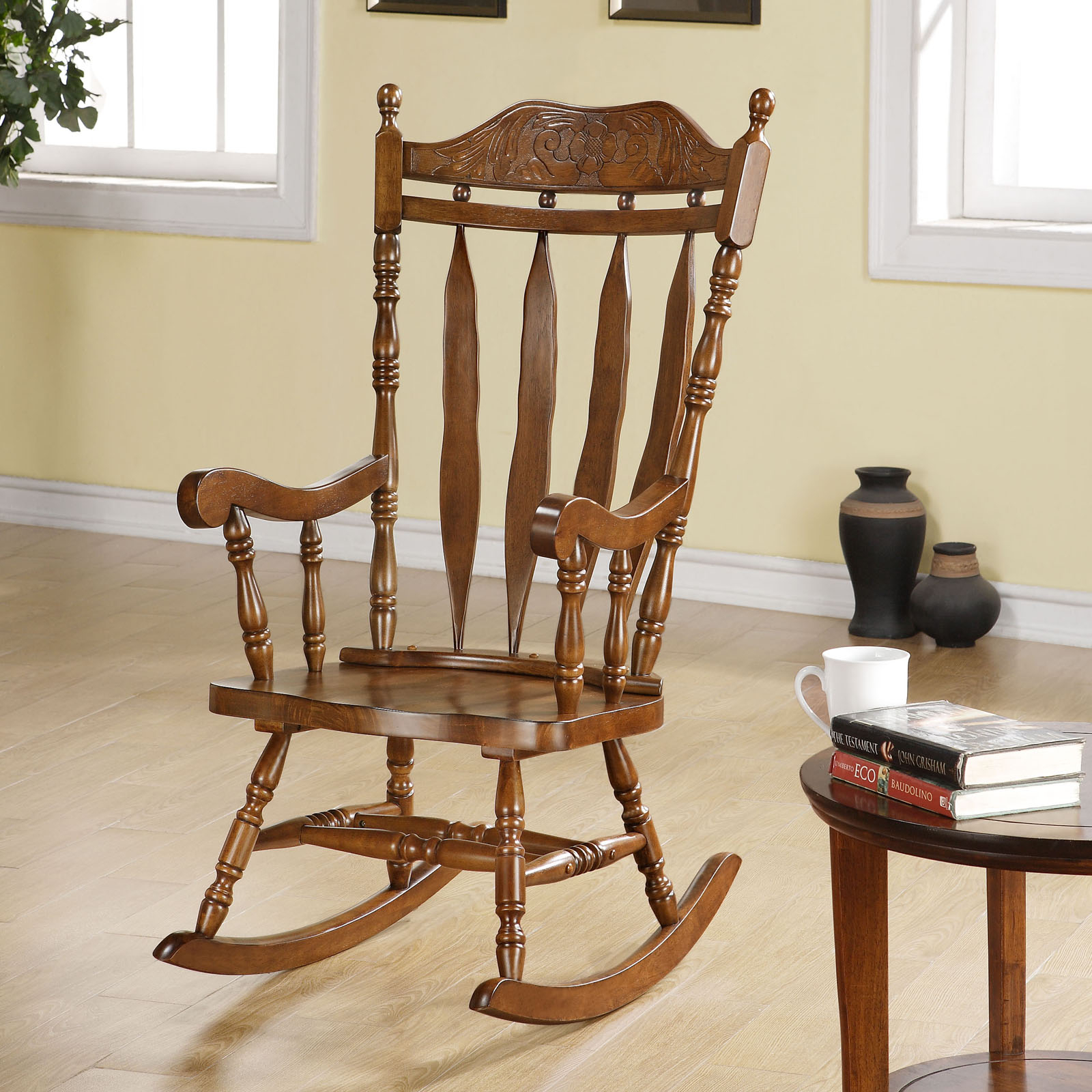Finishing and Refinement: How To Build A Wooden Rocking Chair

The final stages of rocking chair construction—finishing and refinement—transform a functional piece of carpentry into a cherished heirloom. Careful attention to detail at this juncture elevates the aesthetic appeal and longevity of the chair, ensuring years of comfortable enjoyment. The choices made regarding finishes and decorative elements significantly impact the overall character and style of the finished product.
Wood Finishing Techniques
Selecting the appropriate finish for your rocking chair depends largely on its intended location—indoors or outdoors. Outdoor chairs require finishes that offer superior protection against the elements, including UV radiation, moisture, and temperature fluctuations. Indoor chairs, while less exposed, still benefit from a durable and aesthetically pleasing finish.
For outdoor rocking chairs, a high-quality marine-grade spar varnish is a reliable choice. Its robust formulation resists cracking, peeling, and fading, providing lasting protection. Multiple thin coats, applied with even strokes and ample drying time between each coat, are crucial for achieving a smooth, even finish. Alternatively, exterior-grade paints offer a wide array of color options and excellent protection, but may require more frequent reapplication.
Indoor rocking chairs afford greater flexibility in finishing choices. Oil-based polyurethane offers a durable, glossy finish that enhances the wood’s natural grain. Water-based polyurethane provides a similar level of protection with lower VOCs (volatile organic compounds), making it a more environmentally friendly option. Stains, applied before sealing, allow for customization of the wood’s color, enriching its natural tones or creating a completely new aesthetic. Achieving a smooth, even finish in both cases requires meticulous sanding between coats to eliminate any imperfections.
Decorative Elements
Adding decorative elements to a rocking chair elevates it from a simple piece of furniture to a work of art. Several techniques can be employed to personalize the design.
Wood carving allows for the incorporation of intricate designs, adding depth and visual interest. Simple patterns, such as floral motifs or geometric shapes, can be easily carved using hand tools or rotary carving tools. More elaborate designs may require significant skill and experience. The choice of carving style should complement the overall design of the chair. For instance, a rustic rocking chair might benefit from simple, folk-art style carvings, while a more formal design might lend itself to elegant, detailed carvings.
Inlaying involves embedding contrasting pieces of wood or other materials into the surface of the chair. This technique creates striking visual effects and adds texture. Materials like mother-of-pearl, ebony, or contrasting wood species can be used to create intricate patterns or simple accents. Precise cuts and careful alignment are crucial for a clean, professional-looking inlay. The contrast between the inlay and the surrounding wood creates a sophisticated and visually engaging result.
Painting, particularly decorative painting, provides a vibrant and customizable option. Stencils can be used to create repeating patterns, or freehand painting can be employed for more unique designs. The paint should be compatible with the chosen sealant to ensure its longevity. A painted rocking chair can add a playful touch or a bold statement depending on the chosen color scheme and design.
Rocking Chair Assembly, How to build a wooden rocking chair
The final assembly of the rocking chair requires precision and care to ensure its structural integrity and stability. Accurate alignment and secure fastening are paramount.
- Begin by carefully aligning the chair’s seat with the legs, ensuring that all joints are properly fitted and aligned.
- Secure the seat to the legs using wood glue and appropriate screws or dowels. Ensure that the screws are countersunk and the holes are filled for a smooth finish.
- Attach the rockers to the legs, ensuring that they are securely fastened and evenly spaced. Precise measurements and alignment are critical at this stage to ensure the chair rocks smoothly.
- Check the chair’s balance and stability. Adjust the rocker placement if necessary to ensure a comfortable and balanced rocking motion.
- Finally, attach any remaining decorative elements, such as armrests or spindles, following the same principles of precise alignment and secure fastening.
